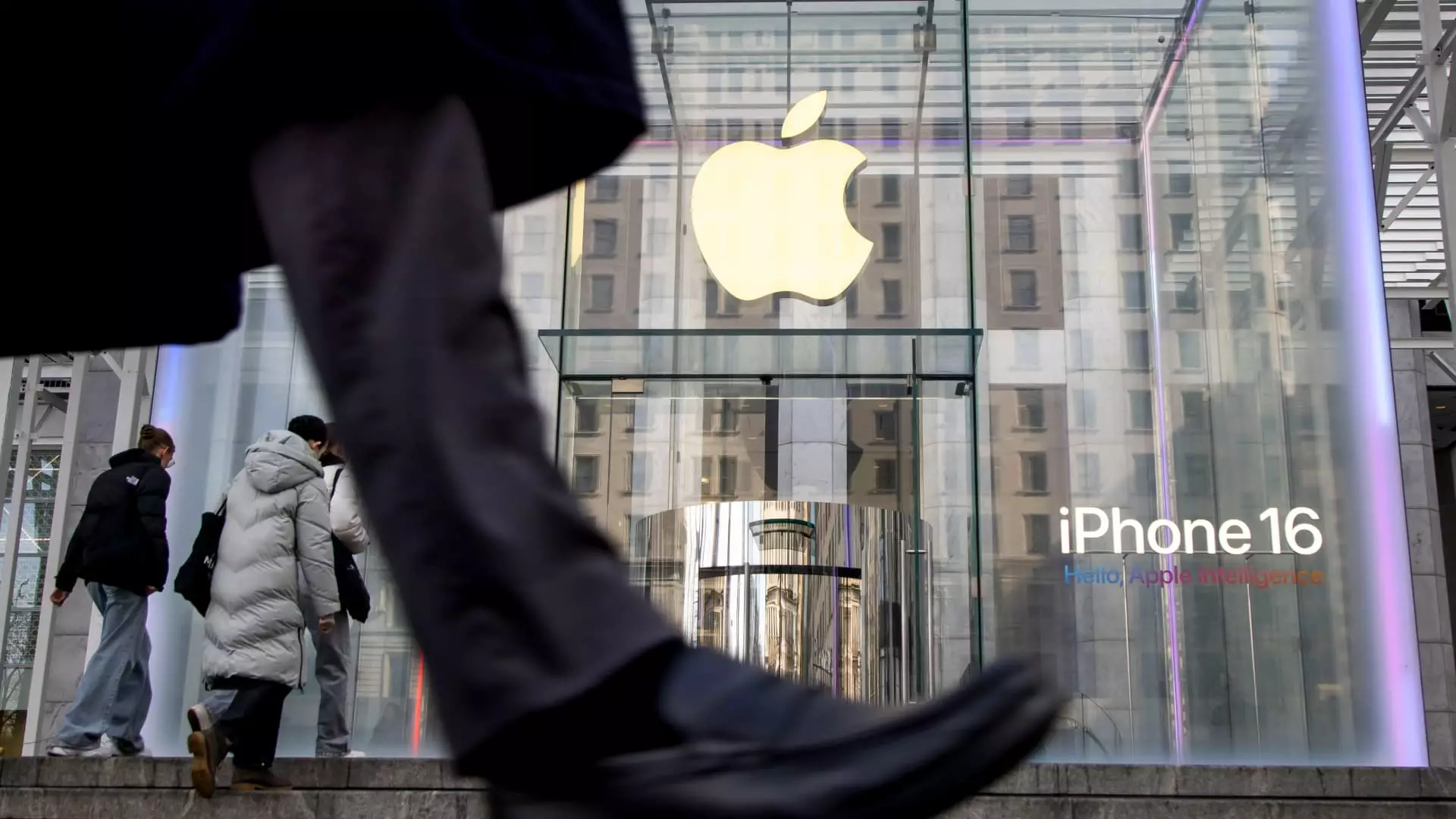The economic landscape in the United States is currently fraught with anxiety, as consumers brace for the effects of new tariff policies that promise to disrupt their day-to-day finances. A staggering 85% of surveyed Americans express valid concerns regarding tariffs, revealing widespread apprehension that these economic measures will compel a surge in prices for everyday necessities. This isn’t just a passing worry; it’s a tangible fear rooted in data that signals a potential downturn as heavy tariffs loom overhead like an ominous cloud.
As reported by a recent NerdWallet survey, these challenges come at a time when consumer confidence is already fragile. The University of Michigan’s consumer sentiment index has plummeted over 30% since December—an alarming statistic that highlights the erosion of trust among the populace in their financial well-being. With a notable drop of 11% from March to April, these figures only intensify the prevailing fears of an economic recession.
The Financial Burden of Tariffs
Estimates suggest that tariffs could impose an additional $3,800 burden on the average American household annually. This staggering amount is not just a statistical curiosity; it translates into real, everyday sacrifices for families trying to make ends meet. With essentials like groceries and gas already inflating in price, many Americans are being forced to re-evaluate their budgets. Financial expert Kimberly Palmer points out that consumers are altering their spending habits, a clear indication that anxiety over tariffs is causing palpable financial stress.
A generous 45% of respondents intend to cut back on non-essential expenditures, while 33% will even reconsider their spending on necessities. For those navigating a precarious financial landscape, the notion of saving even a little bit of money has suddenly become a critical concern, with 30% of Americans looking to bolster their emergency funds as a safety net. However, it’s important to note that only 14% expect to decrease their debt payments, showcasing the grim reality for many who are already struggling under existing financial pressures.
The Heart of the Matter: Difficult Choices
As new financial pressures mount, consumers are now faced with harsh decisions that could radically shape their financial futures. Travel plans are getting shelved, and big purchases like cars are being postponed, all in a bid to tighten the belt and save what little they can. Financial planner Stephen Kates underscores the pressing need for individuals to prioritize emergency savings, particularly for those with inadequate safety nets. He advocates a strategy of establishing an emergency fund equivalent to at least one month’s worth of essential expenses—ideally more, ranging from three to six months’ worth to adequately weather unforeseen challenges.
The crux of the situation forces a reckoning for many—should one save, invest, or chip away at debt? Kates astutely notes that emergency funds should take precedence over retirement savings, a lesson not lost on those already carrying substantial debt loads. For individuals struggling with high-interest debt, implementing a “debt avalanche” strategy may offer a way forward, allowing them to focus on clearing the highest-rate debts first while managing the minimum payments on others.
The Ripple Effect Across the Economy
What makes this situation particularly alarming is that consumer sentiments do not exist in a vacuum. The repercussions of enforced tariffs have the potential to send ripples throughout various sectors of the economy. As consumer spending slows—driven by fears of escalating expenses and a fragile economic outlook—the overall growth of the economy could be jeopardized. Lower spending leads to diminished business revenues, potentially resulting in layoffs, reduced hiring, and more uncertainty.
Businesses will surely bear the brunt of dwindling consumer confidence. As they attempt to navigate this treacherous terrain, they may raise prices or reduce investment in growth, further compounding the problem. Thus, consumers are not only reacting to tariffs; they are engaging in a complex dance of financial survival that could adversely affect the whole economic structure.
And yet, amidst the collective worries about tariffs and their implications, a nagging question remains—how long can this trend persist before it fundamentally alters the fabric of American economic life? The data suggests a brewing financial storm, and just like the majority of Americans, I can’t help but watch with bated breath.

